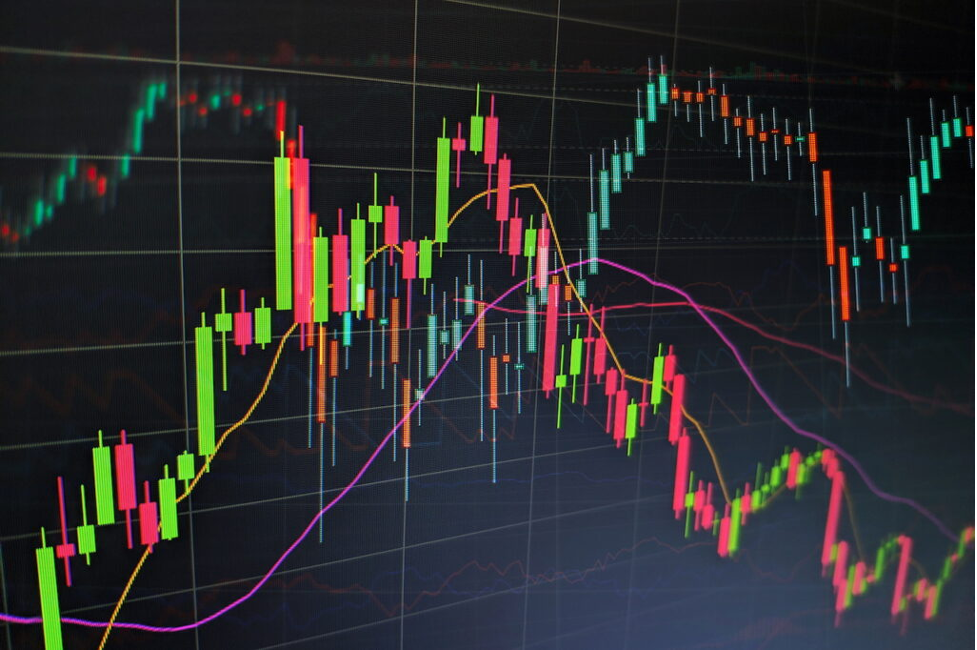To understand the difference between crypto spot and futures trading is not very difficult. Traditionally, the crypto spot is where the currencies, commodities, bonds, and stocks are traded with immediate delivery. But, the futures trading market settles down the delivery of their underlying assets or futures contracts on the predetermined date.

Crypto Spot and futures trading markets are important ecosystems for traditional financial assets. Both markets play a very important role in cryptocurrencies. What is the difference between both the trading markets? Let us check it in this post.
What’s a Spot Market?
You might have heard many traders referring to the spot market as a cash market. The spot market is also known as a cash market where exchange of the financial instruments settles instantly. Currencies and stocks are highly popular spot market instruments out there.
Are you aware of any spot markets? What about Nasdaq for the stock traders? Suppose you are trading currencies, then Forex is a big global spot market. One rule for the spot markets is the ownership of the assets transferred instantly after the buy and sell transaction.
Looking to open your first spot market account? You can easily open an account by going through the link.
What’s Futures Trading?
In the future market, you have to buy and sell the contracts that will represent the value of the specific crypto. When you buy the futures contract, you don’t own any underlying cryptos. But, you own the contract to buy and sell the specific cryptocurrency at the future date. Thus, ownership of the futures contract doesn’t reward you with economic benefits like staking and voting.
The crypto futures contracts protect against the volatility or adverse cost movements on the underlying asset. It is the proxy tool for traders to speculate over the future costs of the specific cryptocurrency.
With the futures contracts, you may take benefit of the price volatility or profit from the price movements. Irrespective of whether rates increase or decrease, futures contracts allow you to participate in the cryptocurrency’s action with ease. Thus, you may speculate on the cryptocurrency’s price instead of buying any underlying asset itself.
Spot Price and Future Price – Understanding the Difference
The primary difference between both the spot and the futures rates is that the spot prices are for instant buying or selling, whereas futures contracts delay the payment or delivery to the predetermined future dates.
The spot rate is generally below its futures price. And this situation is called contango. It is very common for non-perishable items with higher storage costs.
Alternatively, there’s the backwardation that is the situation when the spot price exceeds its futures price. In any situation, the futures price will be expected to converge with its current market rate.
Liquidity
Futures markets offer more liquidity with the monthly volumes that go in trillions. For example, the bitcoin futures market will witness over $2 trillion average turnovers every month that is higher than the bitcoin spot trading. The strong liquidity of the futures market enables price discovery, so traders may transact swiftly and efficiently in this market.
Maintenance Margin
The maintenance requirement is a minimum amount of cash for covering all the open positions. Maintenance can differ based on the kind of position (short or long), specific security requirement that you are trading, or if you’re holding its position overnight.
To touch on advanced methods that are used by these exchanges, let us look at when things can go your way fast.
Flexibility to Short and Long
When you buy Bitcoin in a spot market, one can make a profit only when the prices rise. But, in a bear market, you cannot earn money. The futures contracts generally allow you to profit from the short-term movements of price irrespective of the direction. Even when Bitcoin price falls, you may participate in its downward move as well as trade with its momentum.
With futures trading, traders will be able to develop sophisticated trading strategies like short-selling, pairs trading, arbitrage, and more. In addition, futures contracts can be used for hedging against the downside risk or protect the portfolio from any extreme cost volatility. Long-term holders and miners make use of futures contracts for protecting their trading portfolios from any unexpected risks.
Also Check out this link: superferry.com.ph/bitcoin-loophole-opinie-2021-oszustwo-czy-nie/ to know more about Bitcoin loophole application review.
Trading Costs
The spot exchanges generally charge the basic users fee of 0.1% – 0.2% of position for every trade. The fees for futures trading are generally 50% – 80% cheaper. Whereas there is a huge difference on the paper, the futures traders generally make use of the higher leverage, which creates the bigger positions and ends up paying similar fees.
